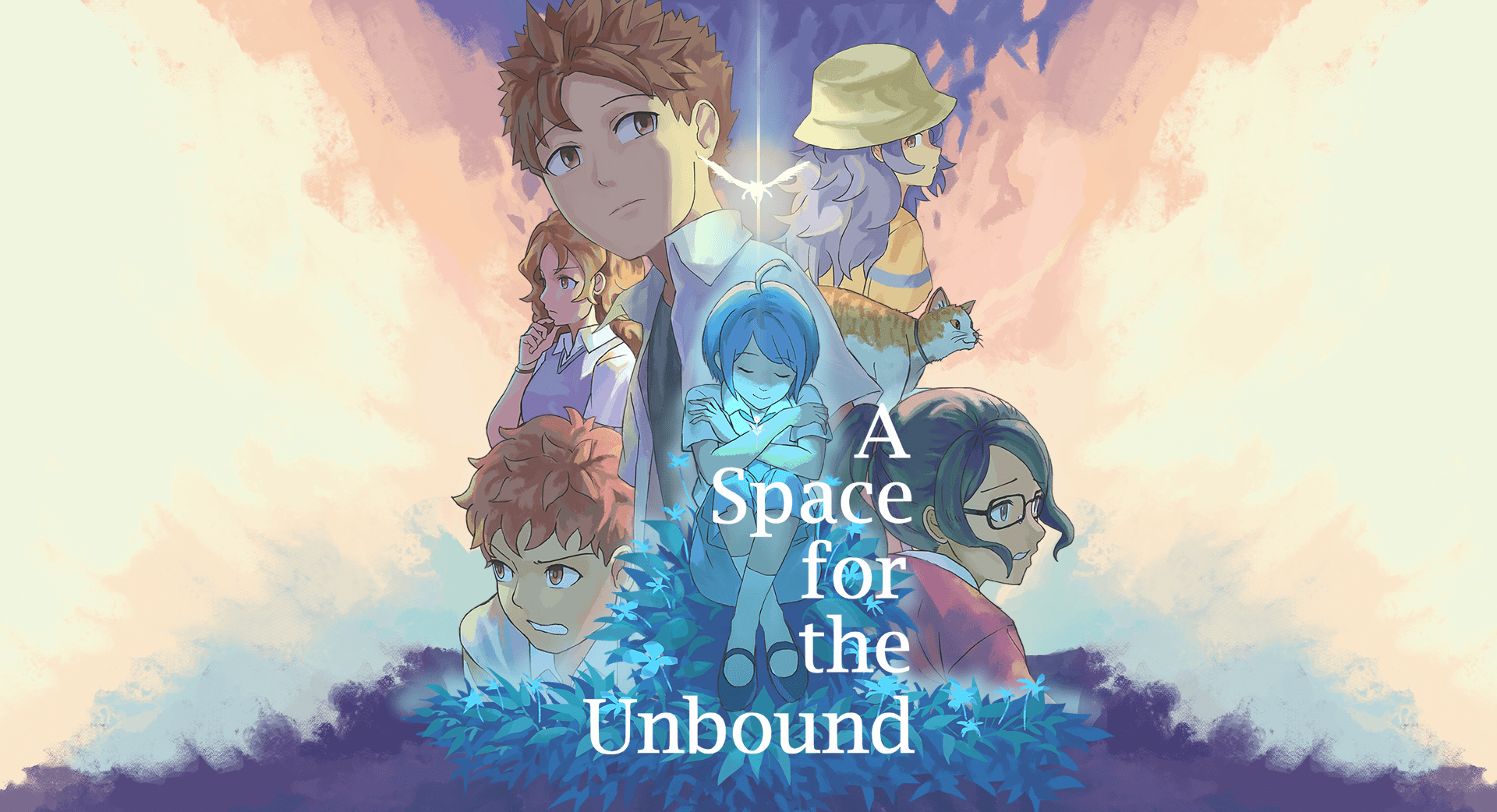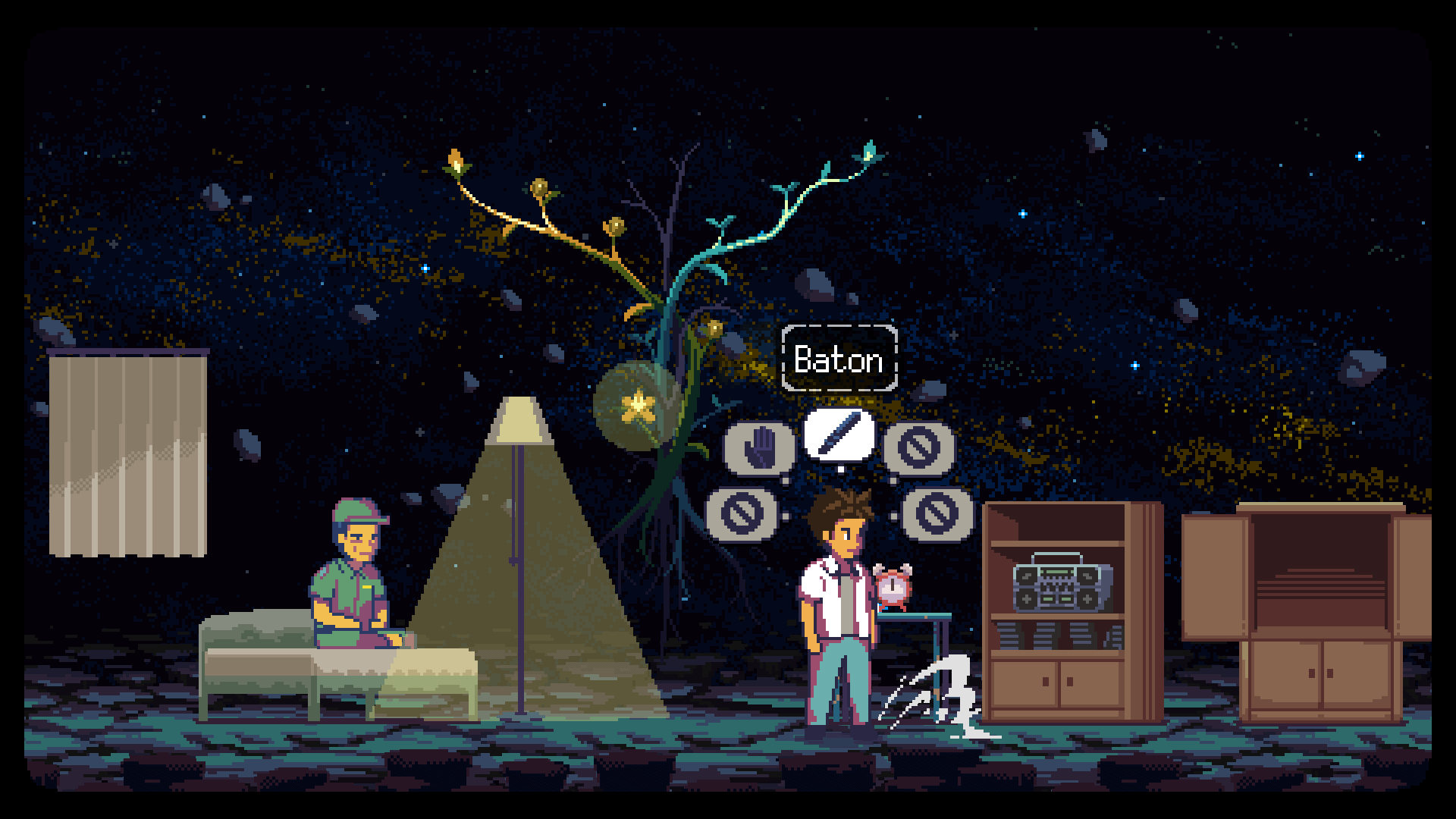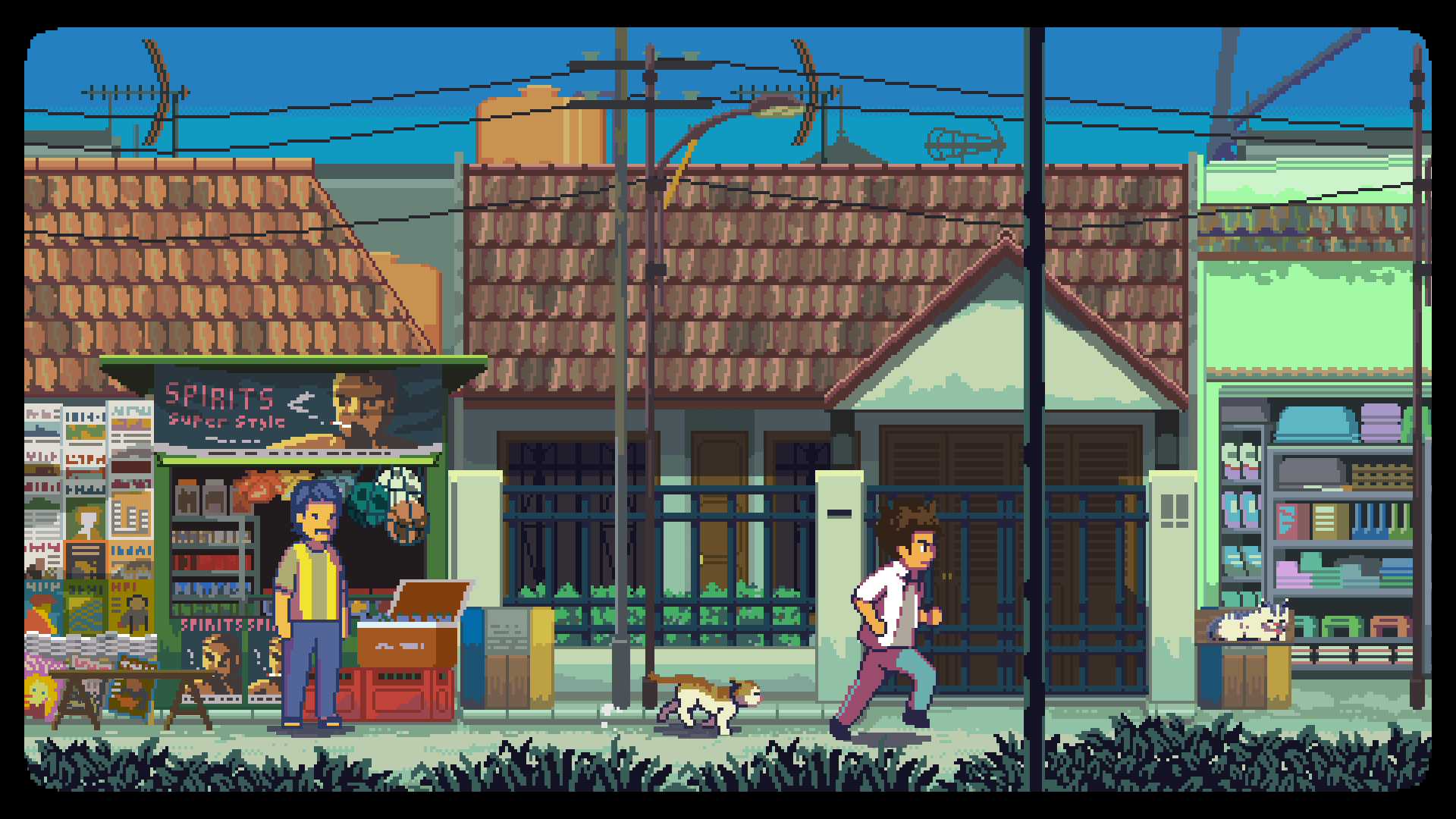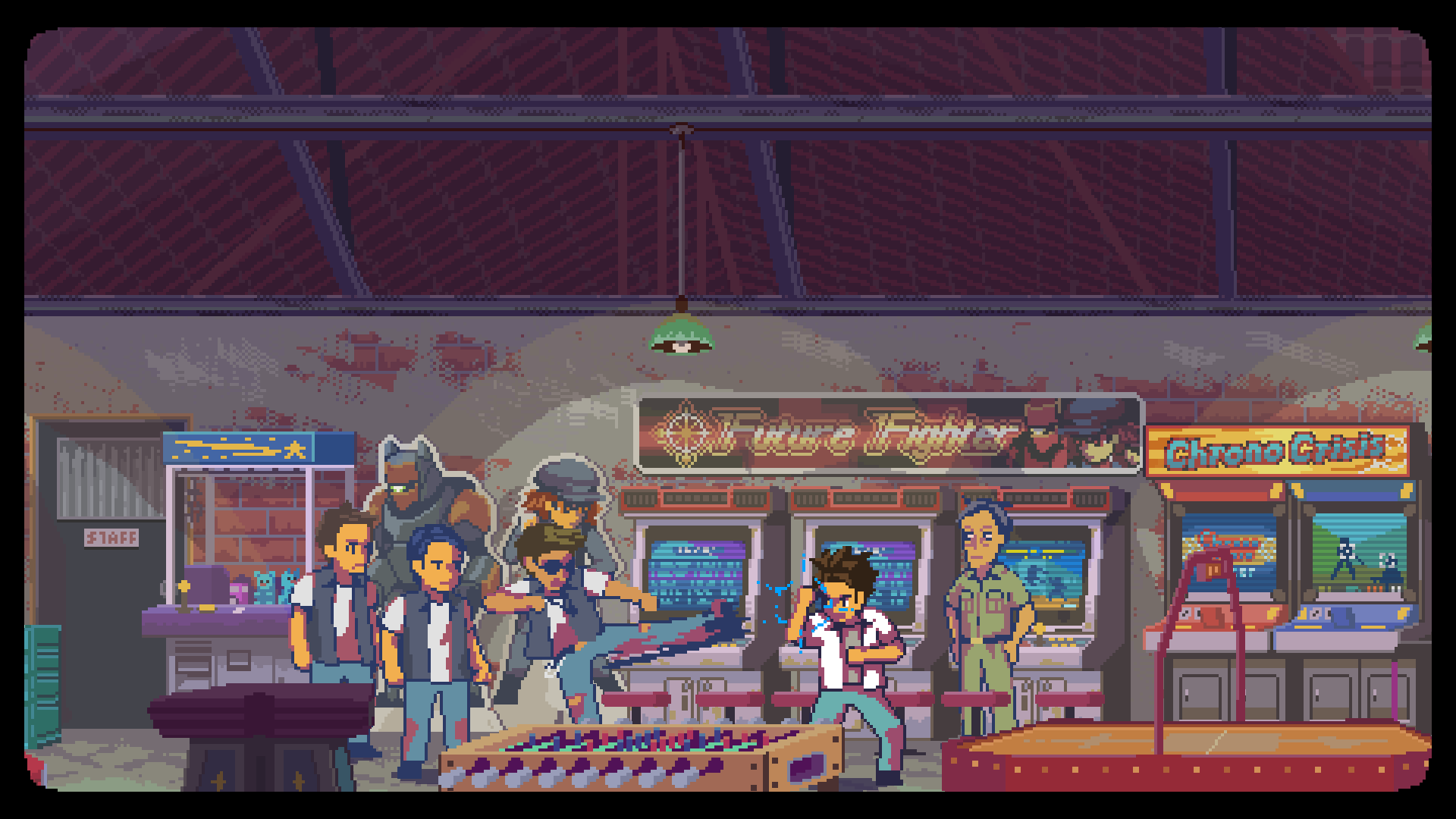
A Space for the Unbound Review — A new 90’s classic
When you’re a kid, the world is simply more magical. It’s easier to bounce back from pain and trauma, and there’s so much more wonder to be found in the mundane. That’s what Mojiken’s new release, A Space for the Unbound, is all about.
The game follows a high school boy named Atma and his journey with two female companions, Nirmala and Raya — though he meets plenty of other folks along the way. During the opening section of the game, Atma dreams about hanging out with a younger girl named Nirmala, who’s trying to finish up the final chapter of a story she’s been writing together with Atma, but she’s struggling with massive writer’s block. In an attempt to help her find the right ending, Atma uses the Magic Red Book, which allows him to dive into people’s minds (spacediving, as he and Nirmala call it). This becomes a major gameplay mechanic as we progress.

As they explore their hometown and try to figure out the ending, we get insight into Nirmala’s home life, which is currently somewhat chaotic due to financial issues and Nirmala’s mysterious aversion to attending her expensive school. Before you can dig into this any further, however, Nirmala — who can’t swim — falls into a river and Atma soon joins her when trying to save her.
Atma then wakes up in class at his high school with his girlfriend, Raya. Nirmala is nowhere to be seen, apparently just part of a dream, and Atma is quickly dragged into planning for his future post-high school. This is supposed to involve school career counselling, but instead actually leads to Raya and Atma creating a bucket list of activities they’d like to do together, starting with watching a movie. Things seem pretty normal after the dream, though you do still use your Magic Red Book to dive into people’s minds to help them out.

Most of this early part of A Space for the Unbound showcases a slice-of-life game that focuses on exploration and environmental puzzle solving in a classic adventure game style. It’s generally fairly straightforward to follow the logic of where you’re supposed to go or what you’re supposed to do as you explore. If you get stuck, the game’s NPCs and environmental elements (like posters or signs) can be very helpful in figuring things out. That said, the game does still occasionally fall into the trap of being a bit too obtuse or hard to follow, but that’s usually a case of it being far simpler of a solution than you were expecting.
After Atma and Raya watch their movie, the young girl reveals that she actually has magical powers and has been using them to help Atma all day. He decides to use the Magic Red Book while visiting a place Raya has magically created, which goes awry, causing the movie theater employees to act like possessed cats who are predicting the end of the world and even acting violently. This leaves Atma and Raya to try and solve this new dilemma as best they can with the resources they have at their disposal, which is particularly difficult, as Raya’s powers take a physical toll on her the more she uses them. It doesn’t help that Atma’s understanding of spacediving is still limited at best.

A Space for the Unbound is a relatively simple game, but it hits hard because of how well it understands the magic of childhood and adolescence. It has a similar energy to classics like The Goonies or The Neverending Story, in that it focuses on kids taking on extraordinary or magical circumstances with little to no help or supervision from the busy adults in their lives. It also centers fiercely on a special book, which serves as the mechanical explanation for spacediving, the in-game journal/quest tracker, and the cornerstone for the game’s perspective on childlike joy.
Through dreams and flashbacks, we’re able to see the ways the Magic Red Book became magical to Nirmala, not through actual wizardry, but through simple kindness from an upperclassman. That scene is the essence of A Space for the Unbound, as it presents the way the mundane and the magical come together beautifully when you have the imagination and passion of childhood. Those themes persist throughout your time with Atma and the other kids in this story, including when they are faced with actual magic. Raya is somewhat reckless with her powers if it means she can protect her friends or make them happy, as any kid who hasn’t fully hit their limit too many times would do.

The game presents real-life issues through the lens of children and teenagers, reminding us of how simple things used to be when we were young, and reinforcing the fact that we shouldn’t lose our curiosity, generosity, passion, or kindness as we grow older. That’s not to say that A Space for the Unbound dismisses the hard parts of childhood or that it glosses over them; it just manages to replicate the resilience and desire to find joy that many children have.
By combining these nuanced themes and characters with the slow paced setting of a small, rural town and deliberate point-and-click gameplay, A Space for the Unbound creates a feeling of dreamy nostalgia that has just as much to do with its mystical trappings as it does with its replication of the magic inherent in youth.
Score: 3.5/5
A Space for the Unbound was reviewed on PC with a code provided by the publisher.







